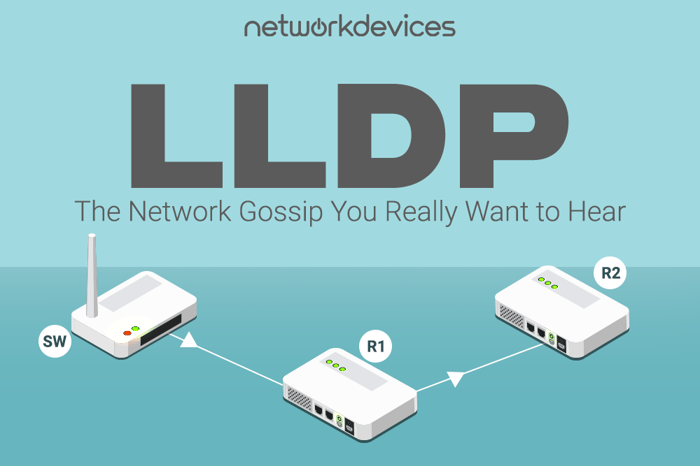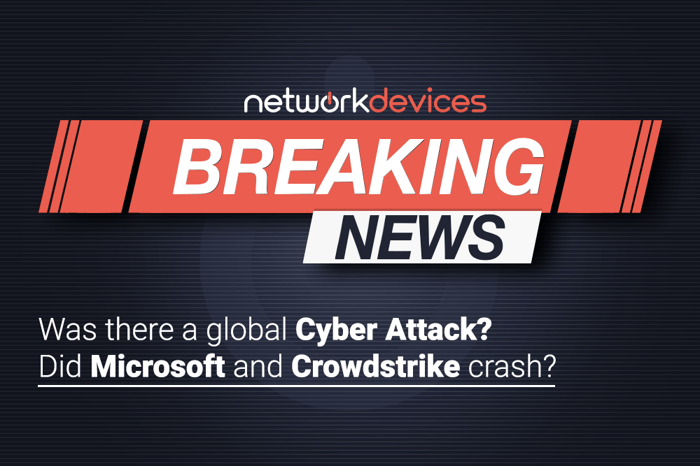You have no items in your shopping cart.

NDR vs. EDR vs. XDR vs. MDR: Detection & Response in Cyber Security
In this comprehensive guide, we'll delve into the differences between NDR vs. EDR vs. XDR vs. MDR, helping you understand which threat detection and response platform is best suited to protect your organization from the evolving landscape of cyber attacks.
The threat landscape is rapidly expanding due to advanced attack techniques and unique reconnaissance strategies taken by threat actors. Furthermore, the outdated EPP solutions, limited visibility, and the need for intelligent behavior analysis of IT infrastructure further complicate matters.
Traditional antivirus, intrusion detection systems (IDS), and EPPs often fall short due to their limited data analysis and reliance on outdated techniques. This highlights the need for modern detection and response platforms like EDR, XDR, MDR, and NDR to address these increasingly complex threats.
These solutions offer enhanced capabilities to detect threats and respond to them, providing deep visibility and intelligent analysis to effectively combat the evolving cybersecurity challenges.
When evaluating NDR vs. EDR vs. XDR vs. MDR, it's essential to recognize the specific advantages of each approach.
1. Endpoint Detection and Response (EDR)
EDR enables automated responses that mitigate threats, prevent attacks, and facilitate proactive threat hunting. This proactive approach marks a shift from traditional reactive security measures to comprehensive threat management.
EDR solutions empower security professionals with tools for endpoint containment and response, allowing actions such as isolating infected endpoints or removing malicious files from specific devices.

Endpoint detection and response (EDR) solutions are tailored to:
· Deliver deep visibility for corporate endpoints (desktops, laptops, servers, mobile devices)
· Offer multi-layer, fully integrated endpoint protection
· Combine real-time monitoring with advanced data analytics for threat detection
· Ensures swift mitigation and identify threats by automating rule-driven threat response
2. Extended Detection and Response (XDR)
Extended Detection and Response (XDR) builds upon the foundational principles of EDR by expanding beyond individual endpoints to encompass broader data acquisition across multiple facets of an organization's IT infrastructure.
XDR stands out for its ability to integrate data from multiple sources across the IT infrastructure.
While endpoints remain prime targets for cybercriminals, protecting them alone is insufficient. An enterprise network comprises diverse systems, and managing security with isolated point solutions can overwhelm security teams.
XDR addresses this complexity by:
· Integrating security visibility across all infrastructure components
· Ensures consistent enforcement of security policies
· Simplifies overall security management
· Collecting data and logs from endpoints, network devices, applications, and cloud services

The Power of XDR
This holistic approach enables XDR to correlate data, creating a comprehensive view of network traffic behavior (generation, transfer, user interactions, infrastructure changes) and facilitating threat monitoring and detection within a unified user interface.
Similar to EDR, XDR utilizes AI and automation systems to automate detection and response actions. Comprehensive reporting and logging capabilities further support cybersecurity audits and investigations. XDR is typically delivered as a Software-as-a-Service (SaaS) solution, offering scalability and ease of deployment.
3. Managed Detection and Response (MDR)
Managed Detection and Response (MDR) services are designed to handle EDR and/or XDR activities on behalf of organizations lacking internal expertise or resources. MDR providers collaborate with clients to understand their cybersecurity goals and integrate solutions. They conduct network assessments, analyze risks, and formulate effective EDR/XDR strategies.
They conduct comprehensive assessments of corporate networks, leveraging expert analysis to assess risks and formulate effective EDR/XDR strategies. In our comparison, MDR offers a managed service approach, ideal for organizations with limited internal cybersecurity expertise.
MDR: Enhanced Threat Detection, Response, and Remediation
MDR services are often bundled with other cybersecurity tools like SIEM (Security Information and Event Management) and SOAR (Security Orchestration Automation and Response). The ongoing monitoring is supported by MDR professionals' expertise.
Furthermore, MDR provides valuable insights into an organization's security posture, recommending enhancements to fortify overall cybersecurity resilience.

MDR services:
· Provides end-to-end cybersecurity risk mitigation beyond intrusion detection and response when bundled with SIEM or SOAR
· Offers round-the-clock monitoring and proactive threat identification and mitigation, even during off-hours
· Enhances an organization's ability to detect and respond to sophisticated and evolving threats.
· Include proactive potential threat hunting within the organization's environment to preemptively strengthen defenses
4. Network Detection and Response (NDR)
Network Detection and Response (NDR) solutions actively monitor network traffic to detect both known and emerging threats, continually analyzing patterns to establish normal behavior baselines.
Upon identifying suspicious network activities, NDR systems promptly notify the security team and provide response capabilities to assist IT personnel in containing and mitigating potential malware incidents.
Unlike traditional security tools that rely on predefined signatures, NDR:
· Employs advanced, non-signature-based techniques such as machine learning and analytics to identify anomalies in network data.
· Offers sophisticated forensic capabilities and long-term data retention
· Enables security teams to conduct in-depth investigations when indicators of compromise (IOCs) are detected
· Allows users to analyze communication patterns of compromised hosts, track lateral movement within the network, and determine the extent of any potential data breaches
The High Cost of Slow Threat Detection and Response in Today's Threat Landscape
Cyberattacks are increasingly sophisticated, allowing data breaches to remain hidden for months. Traditional tools like antivirus and IDS often alert IT teams too late, leading to significant financial losses and reputational damage. Reducing detection time is crucial, and advanced solutions like AI/ML, behavioral analysis, and automation are key. These technologies dramatically shorten discovery time and minimize the cost of impact by swiftly identifying and addressing breaches.
Modern Threat Detection and Response Solutions Are Essential
Relying solely on traditional antivirus, IDS, manual reporting, and log analysis is no longer sufficient. Today's cybersecurity landscape, especially with the rise of hybrid work, demands unified, advanced solutions that seamlessly integrate detection and response.
Modern platforms must incorporate:
· AI/ML and behavioral analysis: For intelligent threat identification
· Comprehensive deep visibility: Into network and endpoint activities
· Root cause analysis (RCA): To understand the origin of threats
· System workflow learning and user behavior insights
· Automation: For rapid response
These capabilities are vital for proactive cybersecurity in a dynamic threat environment.
Choosing the Right Solution
Choosing the right threat detection and response solution is crucial for protecting your organization in today's evolving cyber landscape. EDR, XDR, MDR, and NDR each offer unique strengths, and the best approach often involves a combination tailored to your specific needs and resources.

· Specific Security Needs: Identifying the organization's primary security concerns, such as endpoint protection, network visibility, cloud security, or threat detection and response capabilities, directs the selection of EDR, XDR, MDR, or a hybrid approach.
· Available Resources: Assessing internal cybersecurity expertise, staffing, and operational capabilities determines whether the organization can effectively manage and leverage standalone solutions like EDR or XDR, or if MDR is required for comprehensive monitoring and incident response.
· Budget Constraints: Considering financial resources and investment capabilities guides the decision between cost-effective solutions like EDR, which focuses on endpoint security, or the broader capabilities of XDR and MDR, which may require a higher budget but offer enhanced threat detection and response across multiple environments.
· IT Environment Complexity: Evaluating the complexity of the organization's IT infrastructure, including distributed networks, hybrid cloud environments, and diverse endpoints, influences whether a unified XDR approach or a more extensive MDR solution is necessary for comprehensive threat visibility and management.
· Compliance Requirements: Compliance with industry regulations and data protection standards necessitates solutions that provide robust monitoring, auditing, and reporting capabilities, which may favor the adoption of integrated XDR or MDR solutions.
The Decision Point
The decision of whether to implement NDR vs. EDR vs. XDR vs. MDR (or a combination) depends on your organization's specific security needs, available resources, budget, IT environment complexity, and compliance requirements.
Consider EDR for in-depth endpoint protection, XDR for unified visibility across security layers, MDR for expert-managed services, and NDR for network-level threat detection. Assess your organization's security requirements, budget, and internal capabilities to determine the ideal solution or combination.
Remember, there's no one-size-fits-all answer. Assess these factors carefully to determine the ideal solution or combination for your organization.












